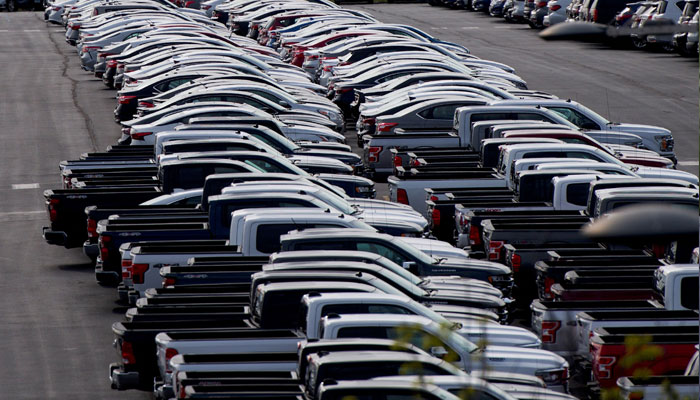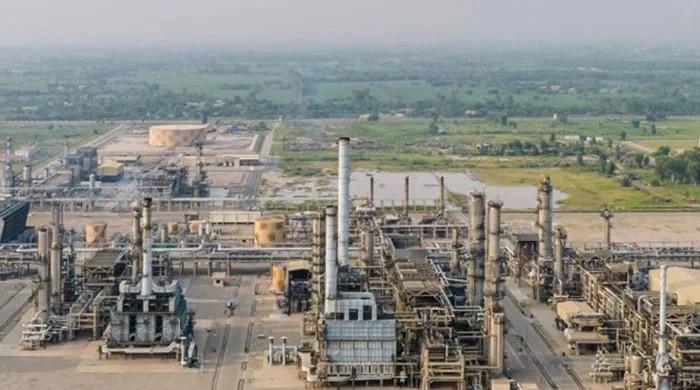US new car sales set to rise for 2024 — What does it mean for America's auto sector revival?
Forecasts from automotive data firms anticipate a year-over-year growth ranging between 1% and 4%
December 21, 2023

Projections indicate a marginal increase in new vehicle sales in the US for the upcoming year, as the automotive industry strives to rebound from the disruptions caused by the Covid-19 pandemic and ongoing supply chain challenges since 2020.
Forecasts from prominent automotive data firms anticipate a year-over-year growth ranging between 1% and 4%, with estimated sales reaching approximately 15.6 million to 16.1 million vehicles.
If realised, these figures would mark the highest sales since 2019 when over 17 million new cars and trucks were sold domestically.
The auto sector, grappling with production and supply chain issues exacerbated by the global health crisis, witnessed sales dip to below 14 million vehicles in 2022—the lowest in over a decade.
Even a modest upswing in US sales could have positive implications for consumers and the economy, potentially alleviating concerns about affordability amid inflation, elevated interest rates, and record-high new vehicle prices.
Jessica Caldwell, Head of Insights at Edmunds, notes the promise of increased inventory and enticing deals for consumers in the coming year.
However, she underscores the persistence of high interest rates in 2023, leading to conflicting market dynamics. While increased sales are beneficial for investors, the industry faces challenges with lower prices and rising incentives, potentially impacting automakers and dealers accustomed to record profits in recent years.
Looking ahead to 2024, automakers must decide whether they are content with the current supply-demand equilibrium or prepared to push sales volumes closer to pre-pandemic norms.
The anticipated growth in US sales would signify the first sequential sales expansion for the automotive sector since 2015-16.











